Pop Quiz: If your powerboat has a very thirsty V8, does driving a Prius make up for your carbon footprint? Probably not. And even if it did, though we boaters are among those who care the most about our aquatic environment, we have to fess up to the fact that we use a ridiculous amount of fuel to get from Point A to Point B. And while electric boats would seem to be a great solution in a realm where we say three or four mpg is “great,” truth be told, most of us simply can’t do the things we enjoy doing on battery power alone.
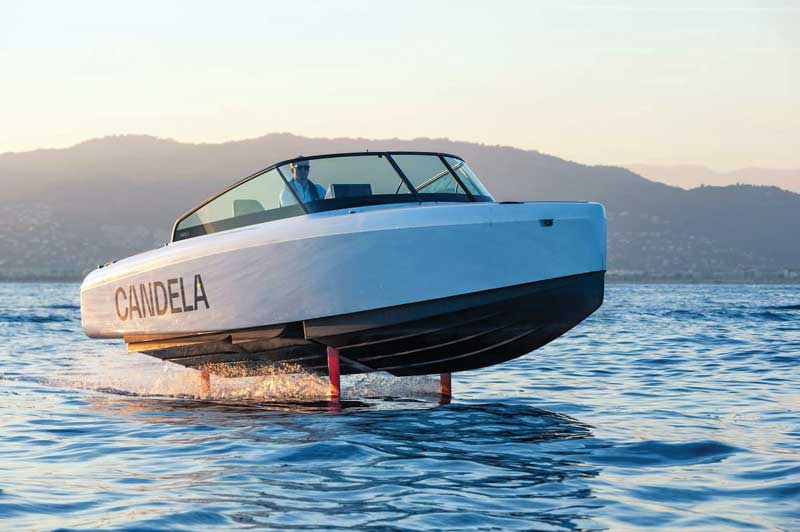
Range at planing speeds is the big problem. With a full tank of fuel, you can cruise for a couple hundred miles or more in the average powerboat, while most electric rigs can’t even make the run from Annapolis to Solomons and back on one charge. Maybe you could do it by going at slowpoke speeds, but at that point you might as well get a sailboat.
So, are we powerboaters doomed to be labeled eco-ravaging fossil fuel felons for all eternity? Shame on you for even asking. Most thoughtful folks realize that a more holistic view is in order. Maybe you or I do drive that Prius despite the ribbing we take from the guys in their F350s. Maybe we diligently compost, shop at the local farmer’s market, carry an aluminum water bottle instead of buying more plastics, and switch to all electric yard tools. The real rub, however, is that when it comes to electric boats this is the wrong sort of question to be asking in the first place.
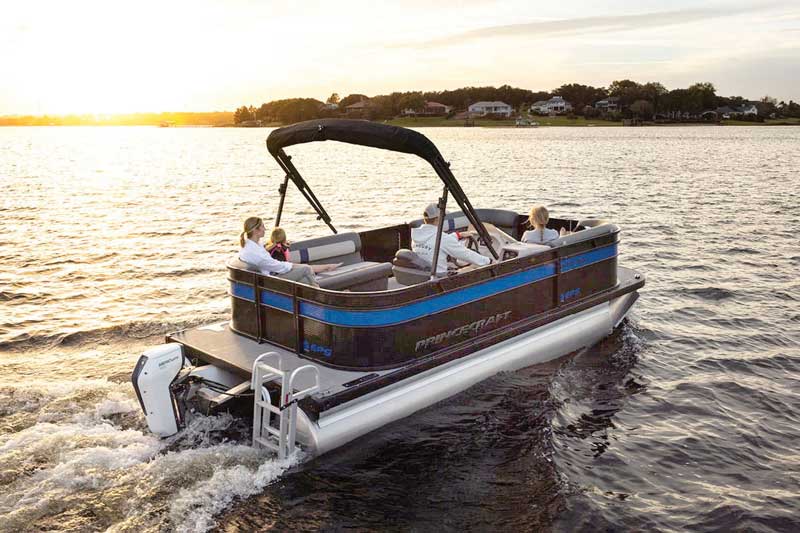
Sometimes society places so much emphasis on being green that we overlook the biggest advantage of some environmentally friendly products. Take those yard tools, for example. If you’ve used an electric lawn mower, chain saw, or leaf blower, you’ve no doubt found that they’re one heck of a lot more pleasant to run than the old gas variety. Until you discover the joy of mowing the lawn or sawing up limbs in sweet silence, you probably didn’t even realize just how unpleasant all the noise of those gas engines was. Well, the same goes for powerboats. The spark plugs buried inside your powerplant fire off every two rpm, so once you’re up and planing at 3500 rpm, that V8 sets off 14,000 tiny explosions every minute. And there’s a very good chance the noise and vibration created by all that internal combustion is a lot more wearing and annoying than you realize.
An Idyllic Idle
All it will take is one silent cruise down a Chesapeake tributary to realize how vastly superior an experience an electric powered boat can provide. One stealthy sidetrack into a creek, where you hear the heron long before it hears you. One quiet evening of fishing while listening to the peanut bunker frolic on the water’s surface. The trickle of electricity forcing that propeller to turn is virtually silent no matter how far down you push the throttle. You know that feeling of relief you get when you finally shift your boat’s engine into neutral, set the anchor or secure the lines, and shut down the engines? With an electric boat, it’s endless.
Wait a sec—what good does all that tranquility do you when the boat’s range is so limited? None, if you want to make that Annapolis-to-Solomons run. But many of us spend much of our time in the tributaries, and for short-distance boating and/or slow speed cruising, an electric boat makes a lot of sense. Naturally, range will vary depending on the boat’s battery system, how fast you run it, and what the conditions are. That said, with most modern all-electric boats you can plan on enjoying a range somewhere between 20 and 50 miles when cruising at planing speeds (a few models do a bit better), or you can plod along at displacement speeds and get something like triple the range.
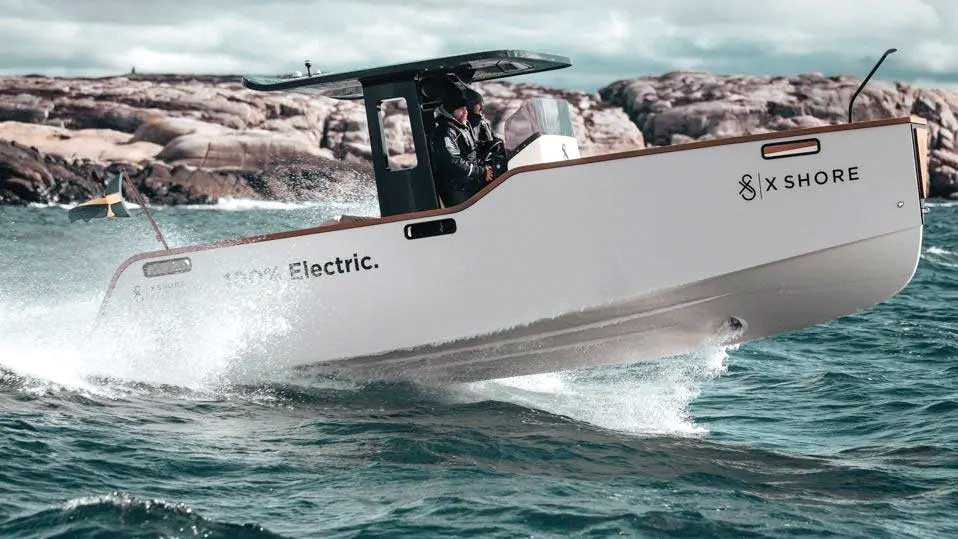
Although there are outliers, you also can’t expect the same sort of top-end performance you get while burning dinosaurs. Generally speaking, figure on top-end speeds in the upper-20s for the average electric boat. Another downside is that pulling up to the fuel dock will prove completely futile. You’ll need a charger at your dock or marina, and plan for anywhere from one to 10 hours of charge-time between uses. Of course, if you do choose to pull up to that fuel dock just for fun, you won’t be spending one red cent.
Mini-Mites
One niche where electric makes sense for a wider range of boaters is the small skiff and dinghy market. Any boat which could be powered by a three, six, or 9.9 hp gas outboard can be powered by an electric outboard with about the same portability and power. Several of the smaller models have the extra advantage of running via clip-on batteries that look more or less like an outboard cowl and drop into place on top of the shaft. You can figure on these providing a ballpark range of eight to 15 miles at speeds of five or six mph on a 12- or 14-foot boat. Larger models can even get a small Jon boat or similar craft onto plane, but generally require a remote battery as opposed to a clip-on.
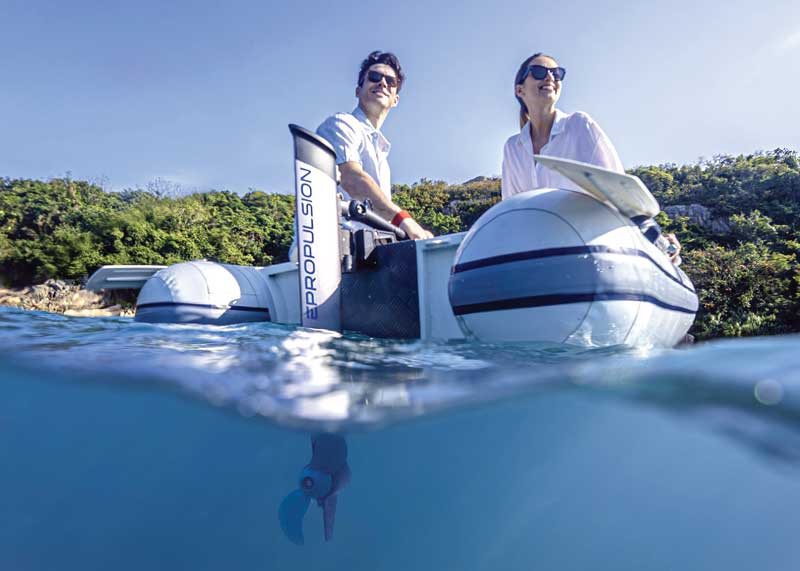
Some very small models (up to around 1.5 hp) have an internal battery integrated into the shaft, weigh as little as 15 pounds, and get you a range of three or four miles. That may not be much, but these are ideal for mooring tenders or dinghies—at the end of the day you just take them home with you and plug them in.
You Play You Pay
Another major consideration of shifting into the electric world is cost. The million-dollar question: do electric boats cost a million bucks? Yes, and no. Like the rest of the boat market, the range is vast, and pricing is all over the place.
That said, it’s true that an electric boat will generally cost you more than a gasoline powerboat of the same size and trim level, mostly because of the cost of lithium-ion batteries. There’s tremendous variation in pricing depending on how the boat’s outfitted and, in this case, the type and size of the batteries you opt for. However, there are a few manufacturers that have offered electric versions of existing gas-powered boat models and in these cases the range of price increase has been from about 30 percent to around double the cost. In the case of small outboard electrics figuring on slightly less than double the cost of a gas-powered eggbeater is going to put you in the right ballpark.
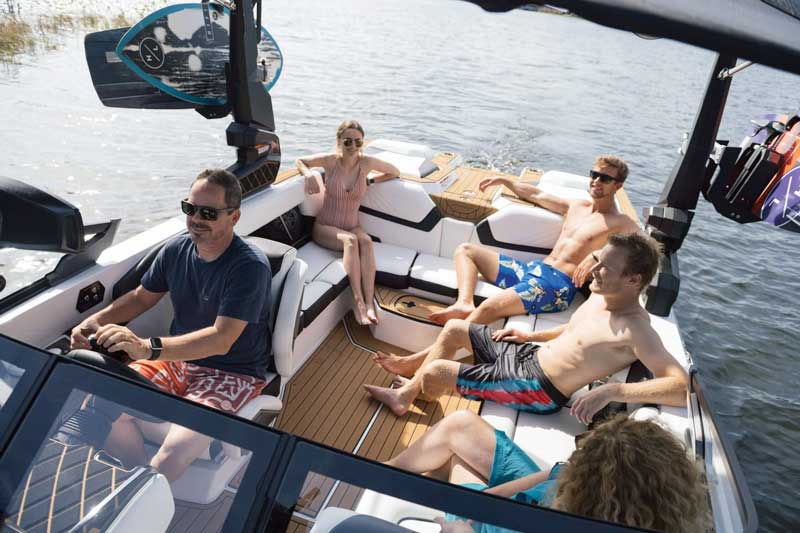
Of course, there is a long-term payback to consider. You’ll never have to buy any gas, period. Another consideration is the time and money savings you’ll enjoy regarding maintenance. There’s no oil to change, no filters or spark plugs to worry about, and no tune-up or timing chain adjustment to have done. How much did you spend on that last 100-hour service? With an electric motor you’re likely looking at thousands of hours of operation before anything needs to be so much as touched, which is why some commercial fleets of water taxis and shuttles (where huge operational hours are the norm) have made the switch to electric. And while we don’t want to overlook the environmental bonus points we get here (since there’s no more buying oil and no more disposing of waste oil), again, the quality-of-boating-life advantage of eliminating all those maintenance hassles is huge.
So, is an electric boat ideal for kicking around on Chesapeake tributaries? As long as you aren’t going too far and you aren’t worried about getting there at the speed of light, the answer is absolutely yes. Is an electric boat right for you and the way you do your boating? That’s a question we can’t answer. But we can guarantee you one thing for sure: no matter what sorts of waterborne activities you enjoy, driving an electric boat is one heck of a lot more fun than driving a Prius.
All Charged Up
Why do electric rigs have such range and speed limitations? It all boils down to energy density. A gallon of gas contains about 46 megajoules per kilogram (Mj/kg) of explosive energy. The very best lithium-ion batteries available today can pack in about 0.72 Mj/kg. Bottom line, that means you need to haul around about 64 kg of battery weight to get as much power as one kg of gasoline can provide. Go, dinosaurs!
Does it go BOOM?
What about that whole “thermal runaway” thing? You know, when the lithium-ion battery decides to set itself on fire? That’s bad enough on land, but in a boat… Fortunately, you can put this fear to rest. Early version lithium-ions did indeed cause plenty of problems, but modern batteries with lithium iron phosphate (LiFePO4) cathodes are far more stable and are considered safe across the board. Added enviro-bonus: unlike other lithium batteries they don’t require rare-earth metals for their production. Oh, and by the way, for those who say they don’t want to cruise around with a potential bomb in the belly of the boat: what do you think a gas tank is?
By Lenny Rudow